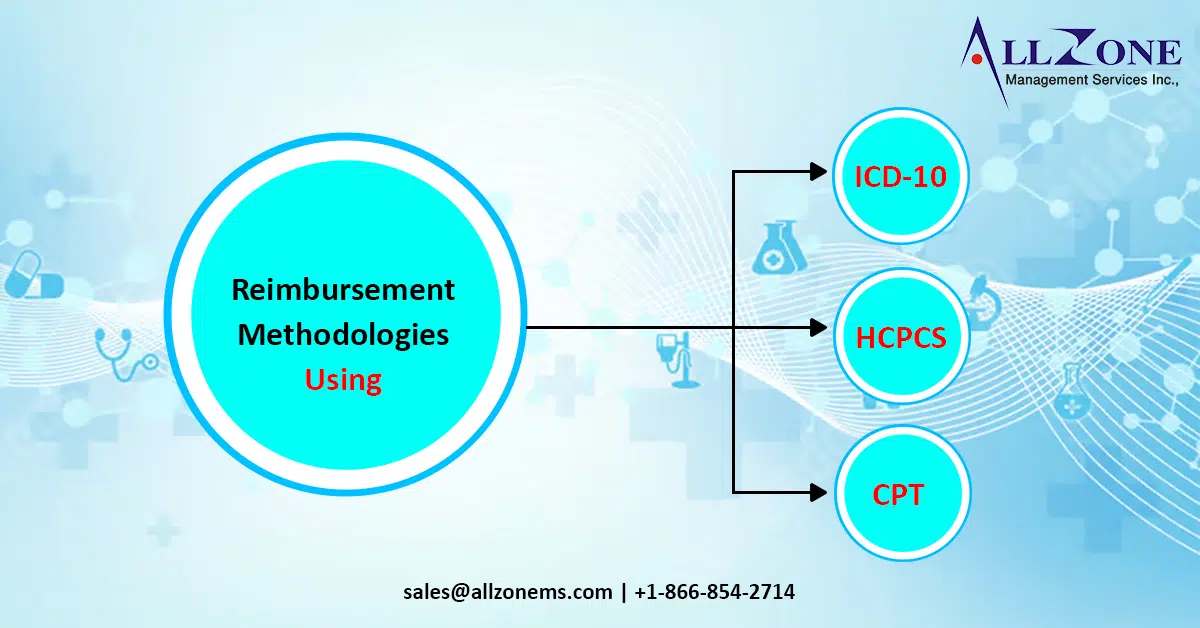The Role of Medical Codes in Reimbursement Methodologies:
Medical codes, such as CPT, HCPCS, and ICD-10 (CM and PCS), are essential components of various reimbursement methodologies.
The Inpatient Prospective Payment System (IPPS), used by Medicare fee-for-service, categorizes patient stays into Medicare Severity Diagnosis Related Groups (MS-DRGs) based on ICD-10 codes processed through a computerized system. While some commercial payers may also adopt IPPS, it often depends on their contractual agreements.
Other payers, like Medicaid, may use the All Patient Refined Diagnosis Related Groups (APR-DRGs) system, a proprietary model developed by 3M. Both IPPS and APR-DRG systems are employed for inpatient care from October to September.
Reimbursement Methodologies for Home Health and Outpatient Services:
Home health agencies (HHAs) receive payment in 30-day periods, adjusted based on patient complexity and location. The OASIS assessment determines patient classification into groups, and reimbursement is calculated using the Patient Driven Groupings Model (PDGM). Diagnosis codes are integral to this model. Like the inpatient system, this methodology operates on a fiscal year from October to September.
Outpatient services are reimbursed under the Outpatient Prospective Payment System (OPPS) on a calendar year basis. CPT and HCPCS codes are used to classify services into Ambulatory Payment Classifications (APCs). Each code carries a status indicator that determines payment specifics.
Detailed Overview of OPPS Status Indicators:
Status Indicators
The following status indicators apply:
-
- A: Services paid by fee schedule.
- B: Code not recognized by OPPS (may require alternative code).
- C: Inpatient-only procedure.
- E1: Statutorily excluded.
- E2: Pricing information unavailable.
- F: Corneal tissue acquisition paid at reasonable cost.
- G: Pass-through drugs and biologicals (separate APC payment).
- H: Pass-through device, separate cost-based pass-through payment.
- J1: Comprehensive APC.
- J2: Comprehensive APC.
- K: Non-pass-through drugs and non-implantable biologicals (separate APC payment).
- L: Flu/PPV/COVID-19 vaccine, monoclonal antibody therapy product paid at reasonable cost.
- M: Items and services not billable to fiscal intermediary (FI) or Medicare Administrative Contractor (MAC).
- N: Items or services are packaged into APC rates.
- P: Partial hospitalization service (per diem APC payment).
- Q1: Paid under OPPS, based on Addendum B.
- Q2: T-packaged (paid under OPPS based on Addendum B).
- Q3: Composite APC based on Addendum B or M.
- Q4: Conditionally packaged laboratory tests.
- R: Blood and blood products (separate APC payment).
- S: Procedure or service not subject to discounting.
- T: Procedure or service subject to multiple procedure discounting.
- U: Brachytherapy sources.
- V: Clinic or emergency department visit.
- X: Ancillary services.
- Y: Non-implantable durable medical equipment (DME). All institutional providers except home health bill DME to the DME MAC.
The Far-Reaching Impact of Medical Coding in Hospital Operations:
During a single hospital visit, multiple APCs (Ambulatory Payment Classifications) can be generated. Diagnosis codes play a crucial role in determining medical necessity, including in the Reason for Visit fields.
Medical coding impacts numerous aspects of hospital operations, such as medical billing, reimbursement, cancer registry, marketing, and statistical analysis. Its influence is extensive, highlighting the importance of understanding the broad reach of medical codes.
Allzone management services: Why is staying updated with coding changes crucial?
Allzone management services understand the critical importance of staying updated with medical coding changes in today’s dynamic software development landscape. This is essential for several reasons:
-
- Enhanced code quality: New coding practices often address vulnerabilities, improve performance, and enhance code readability.
- Increased efficiency: Updated coding standards can streamline development processes and reduce errors.
- Improved security: Staying informed about security vulnerabilities helps protect your codebase from attacks.
- Career advancement: Demonstrating knowledge of the latest coding trends can boost your professional growth.

